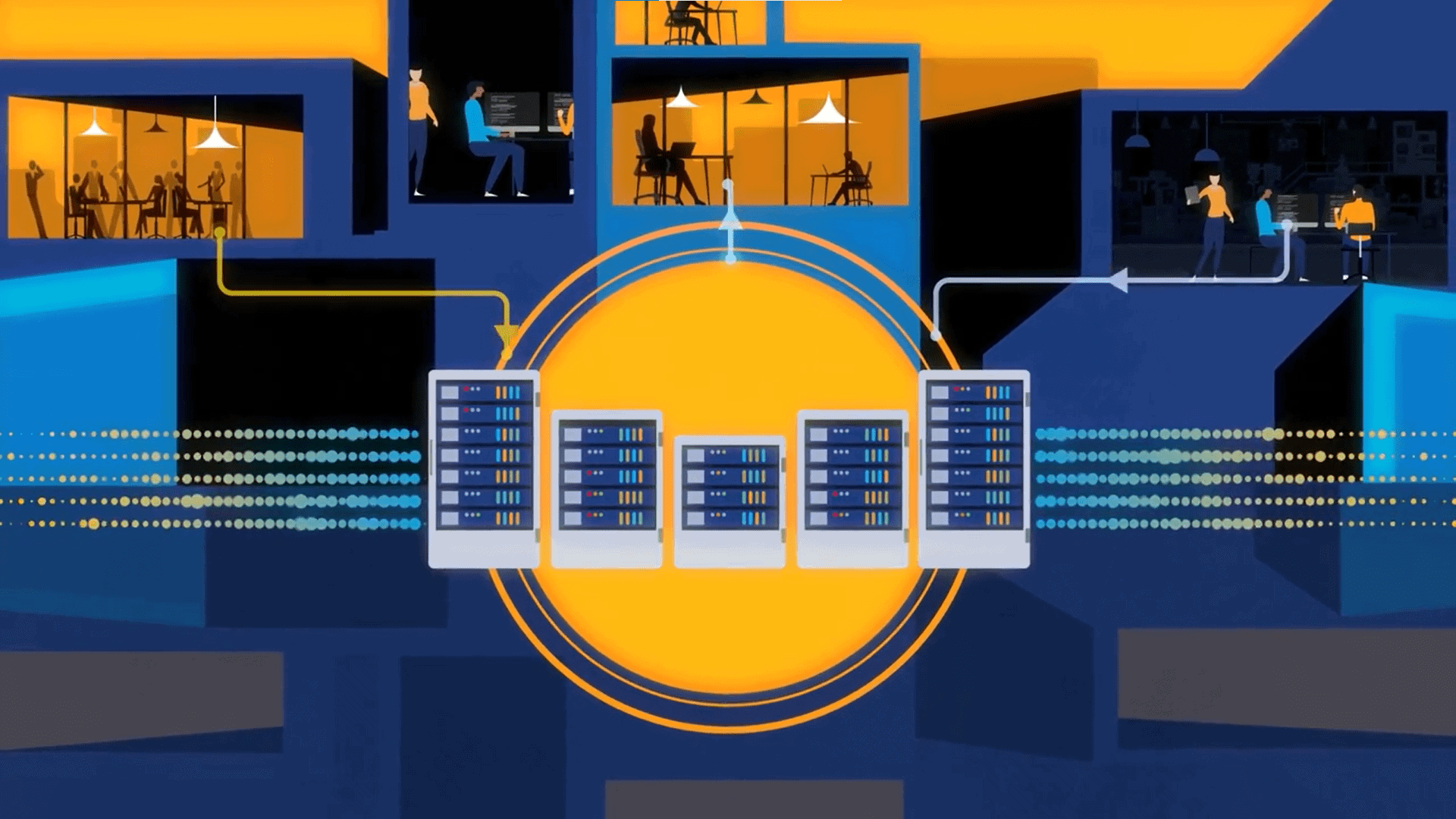
In customer data engineering, speed and quality have historically been at odds. Vibe coding changes that equation. By enabling engineers to work at the level of intent, it compresses time-to-value, reduces toil, and opens space for more strategic contributions.
Even after years of investment in cloud data infrastructure, data engineers are stuck wrestling with brittle pipelines, fragile SQL, and endless identity resolution. As data volumes grow, managing them demands more effort, leaving less time for strategic work.
A new approach is starting to change that: vibe coding. This allows engineers to describe tasks in natural language while an AI system interprets the intent, executes the work, and adapts to the data context. The focus moves from building workflows step-by-step to achieving results directly.
AI coding assistants have already begun to change how applications are built in software development. Developers increasingly use natural language prompts to generate, refactor, and debug code. Vibe coding brings this model to customer data engineering, where speed, accuracy, and adaptability are critical.
See also: Can Vibe Coding Survive the New Era of Security
Vibe Coding in Action
Vibe coding enhances, rather than replaces, the work of data engineers. It uses AI to interpret the engineer’s intent, understand the context of the data, and carry out tasks accordingly. In this model, instructions are expressed in natural language, allowing the AI to determine the appropriate entities, apply relevant business rules, identify sensitive data, and execute the process within the given environment.
For example, instead of writing complex SQL to join email addresses with loyalty IDs, an engineer can simply say: “Match customer emails to loyalty accounts and update the unified profile.” The AI handles the details, then delivers results to review and refine.
Unlike low-code tools that still require configuration and connectors, vibe coding works in context. Conversational instructions replace manual setup, delivering outcomes faster and freeing engineers to focus on strategy and analysis.
Making Data Work More Intuitively
Data engineering has always been a human-centered discipline. It’s about understanding the business, the customer, and the nuances of the data representing them. But much of the day-to-day work has become mechanical and time-consuming: moving columns around, fixing join logic, updating pipelines.
Vibe coding changes the ratio. Engineers spend less time tweaking syntax and more time solving problems creatively. Instructions stay close to how engineers already think—in plain language with domain context—rather than translating ideas into brittle workflows. And because AI can be retrained or re-prompted in seconds, it adapts as business needs evolve.
See also: Vibing on AI Governance
Enabling Real-Time Data and AI
Real-time responsiveness is where vibe coding shines. Today’s customer interactions happen across channels and devices, and brands need to act on signals as they arrive.
In traditional setups, real-time activation often hits a wall—pipelines are too slow, or orchestration requires manual intervention. With vibe coding, engineers can issue high-level commands like “Add a new feature extraction for mobile app events” or “Retrain the churn model on the last 24 hours of data.” No rewriting scripts, no toggling across multiple tools.
For example, when a new customer purchase comes through, the AI can automatically match the identity, update the profile, and trigger a personalization model—all in stream. This intent-driven orchestration makes real-time personalization not just possible, but practical.
Lessons from Real-World Experience
In early production use cases, several lessons have emerged:
- Context is critical: AI performs best with rich metadata and access to relevant data samples. Curating these upfront improves accuracy and efficiency.
- Trust but verify: Even with well-tuned prompts, every output needs validation. Thorough human review ensures the system’s decisions align with business rules and compliance requirements.
- Start with high-toil workflows: Begin with work that is time-consuming and routine, like matching customer records, tagging sensitive information, or cleaning up data. These tasks are easy to measure and show clear time savings.
- Design for interruption: Real-world engineering can be messy. AI workflows should handle partial context, ask clarifying questions, and easily resume when more information becomes available.
- Measure impact, not just speed: The goal isn’t just faster output, but better outcomes, including cleaner data, fewer breaks, more reliable analytics, and ultimately, more responsive customer experiences.
Meeting the Demand for Faster, Smarter Data
Across industries, the pressure to operationalize AI is intense. Business leaders want personalization, automation, and predictive insights delivered quickly. At the same time, engineering teams face headcount constraints, rising complexity, and an ever-expanding universe of tools.
Vibe coding addresses both pressures: it accelerates delivery while preserving (and often enhancing) quality. By reducing the time spent on mechanical tasks, it frees skilled engineers to architect systems, explore new data products, and collaborate with stakeholders on high-impact initiatives.
The trend aligns with a broader shift in enterprise technology: moving from tool-driven to outcome-driven workflows. Just as DevOps evolved from manual deployments to automated pipelines, data engineering is now evolving from manual transformations to AI-assisted, intent-based execution.
Getting Started with Vibe Coding
Implementing vibe coding starts with planning how it will fit into existing workflows. Focus on areas where intent-driven automation can create immediate impact, such as real-time updates, feature extraction, or rapid model retraining.
Key considerations include:
- Define clear goals: Identify which outcomes are most important, such as reducing pipeline errors, improving data quality, or accelerating analysis.
- Establish governance: Ensure that AI outputs align with business rules, compliance requirements, and data standards.
- Enable collaboration: Encourage engineers, analysts, and stakeholders to review and refine AI-driven workflows together.
- Iterate gradually: Start with smaller projects to validate the approach and scale as confidence grows.
- Track meaningful metrics: Monitor the impact on accuracy, reliability, and time-to-insight, not just speed of execution.
By approaching vibe coding strategically, teams can maximize value while maintaining control. Early adoption in focused areas builds confidence, demonstrating how AI-driven workflows can transform data engineering from repetitive work to strategic innovation.
The Shift Is Here
In customer data engineering, speed and quality have historically been at odds. Vibe coding changes that equation. By enabling engineers to work at the level of intent, it compresses time-to-value, reduces toil, and opens space for more strategic contributions.
We’re at the start of a new era in data engineering, where it isn’t just about writing code, but about setting the right vibe. With AI as a collaborator, engineers can spend less time debugging pipelines and more time shaping the future of customer experiences.






























